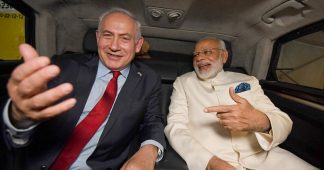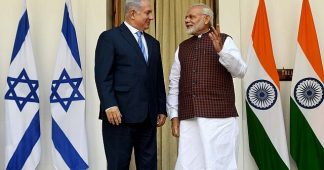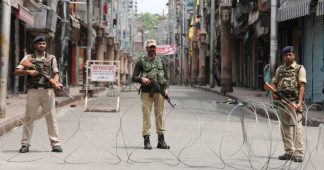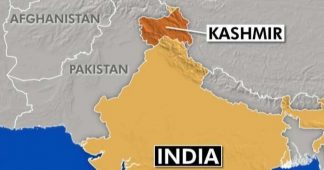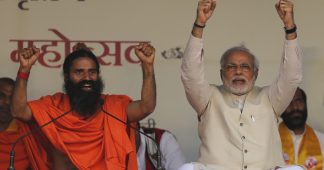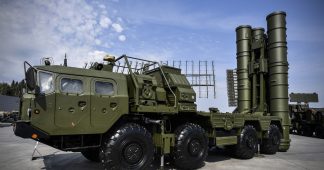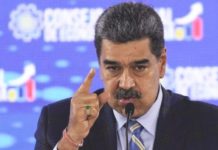Two things happened in Delhi on Tuesday, and the gulf between them illustrated India’s wild, alarming swerve from normalcy. At the Presidential palace, Donald Trump concluded a two-day visit by attending a ceremonial dinner: an evening of gold-leaf-crusted mandarin oranges, wild Himalayan morels, and gifts of Kashmiri silk carpets. Half a dozen miles away, northeast Delhi was convulsed with violence. Since Sunday, mobs had been destroying the shops and homes of Muslims, vandalizing mosques, and assaulting Muslims on the streets. In their chants of “Jai Shri Ram,” praising a Hindu deity, their loyalties were clear. The attackers were Hindu nationalists, part of a right wing that has been empowered by Prime Minister Narendra Modi’s government; many of them were even members of his party. The Delhi police, who are supervised by Modi’s home minister, seemed to side with the mobs; one video caught cops smashing CCTV cameras, while another showed them helping men gather stones to throw. Several reports said that policemen stood by while the attackers went about their business. In a few spurts, Muslims retaliated, and the streets witnessed periods of full-scale clashes. A policeman was killed, and an intelligence officer was murdered and dumped in a drain. At least thirty-eight people have died: shot, beaten, burned. At the Trump banquet, the Navy band played “Can You Feel the Love Tonight.”
The mayhem came after a winter of protest. Since early December, millions of Indians have assembled across the country to object to a new law that promises fast-tracked Indian citizenship to Pakistani, Afghan, and Bangladeshi refugees of every major South Asian faith except Islam. The law is limited in its scope but momentous in how overtly it separates Indianness from Islam. It’s a move characteristic of Modi’s Bharatiya Janata Party (B.J.P.) and its allied groups, who regard India’s two hundred million Muslims as an undesirable part of an ideal Hindu nation. The protesters against the law have, in nearly every case, been peaceful, but their sit-ins and marches have been met with force by the government: tear gas, house raids, arbitrary detentions, police brutality, Internet shutdowns. In speeches, Modi’s colleagues have suggested that dissenters should be shot.
Read more at https://www.newyorker.com/
